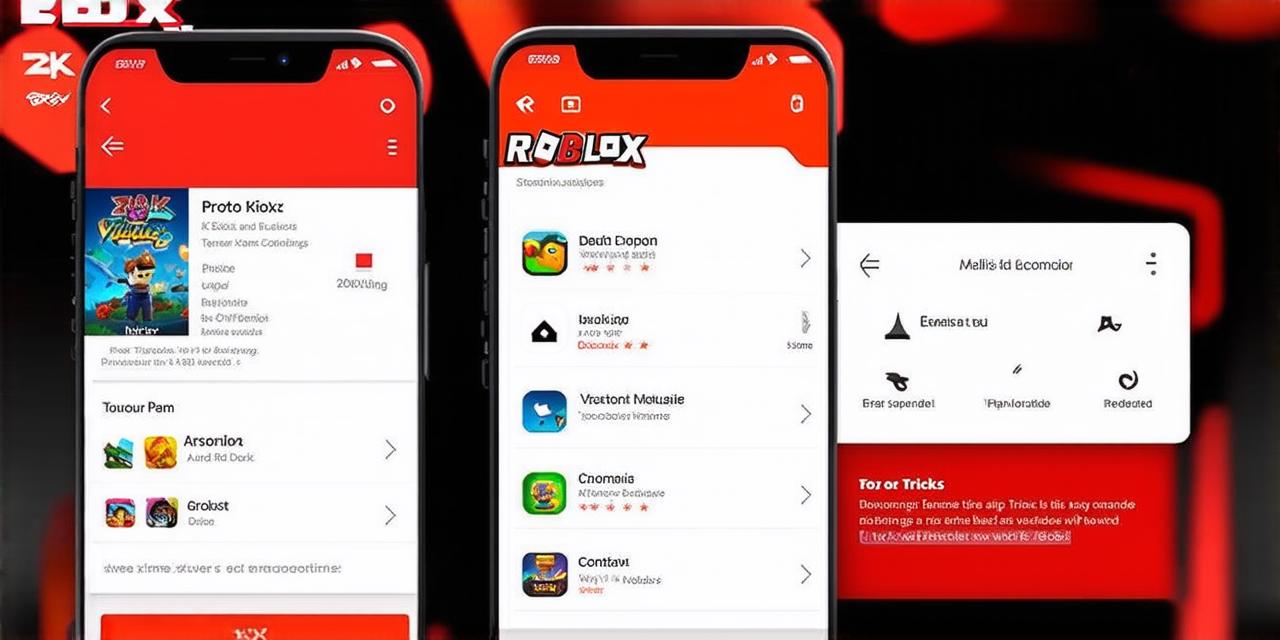Roblox is a popular online gaming platform that allows users to create and play games. With over 150 million active users, it’s no wonder that game developers are flocking to this platform. However, getting people to like your game can be challenging, especially on mobile devices where screen space is limited. In this guide, we will explore the key strategies and techniques that game developers can use to increase the likelihood of their game being liked by players on Roblox mobile.
Understanding Your Target Audience: The First Step
Before you start building your game, it’s essential to understand who your target audience is. This will help you tailor your game to their interests and preferences, which can significantly increase the chances of them liking it. Here are some steps that you can take to understand your target audience:
- Identify the age range and gender of your target audience. For example, if your game is aimed at teenagers, you might want to focus on popular themes such as music or fashion.
- Research what types of games are popular among your target audience. This will help you identify trends and patterns that you can incorporate into your game to make it more appealing.
- Look at the competition and see what they’re doing right and wrong. This will help you identify gaps in the market and opportunities for innovation.
- Gather feedback from potential players through surveys or beta testing. This will give you insights into what people like and dislike about your game and help you make improvements.

Designing an Engaging User Experience
Once you have a good understanding of your target audience, the next step is to design an engaging user experience. Here are some tips that can help:
- Keep it simple: Mobile devices have limited screen space, so it’s essential to keep your game as simple and intuitive as possible. Avoid cluttering the screen with too much information or overwhelming players with complex controls.
- Use clear, concise language: Your game should be easy to understand, even for players who don’t speak the same language as you. Use simple, concise language that is easy to read and comprehend.
- Make it visually appealing: The visuals of your game can significantly impact how much players enjoy playing it. Use high-quality graphics and animations that are optimized for mobile devices.
- Incorporate social elements: Social elements such as leaderboards, achievements, and challenges can help keep players engaged and motivated to continue playing.
- Provide regular updates: Regularly updating your game with new content, features, and bug fixes can help keep players coming back for more.
Optimizing Your Game for Search Engines
In addition to designing an engaging user experience, it’s also essential to optimize your game for search engines. Here are some strategies that you can use:
- Use relevant keywords: Conduct keyword research to identify the most popular search terms related to your game and incorporate them into your game title, description, and tags.
- Create a compelling video trailer: A well-produced video trailer can help generate buzz around your game and attract new players. Make sure that your trailer showcases the best features of your game and highlights what sets it apart from other games in the same genre.
- Leverage social media: Social media platforms such as Instagram, Twitter, and Facebook are great tools for promoting your game and engaging with potential players. Share regular updates about your game, respond to comments and messages, and run contests and giveaways to generate excitement.
- Collaborate with other game developers: Collaborating with other game developers can help expose your game to a wider audience. Look for opportunities to team up on projects or cross-promote each other’s games.
- Monitor analytics: Regularly monitor your game’s analytics to see how players are finding your game and what strategies are working best. This will help you make data-driven decisions about how to optimize your game for search engines.
